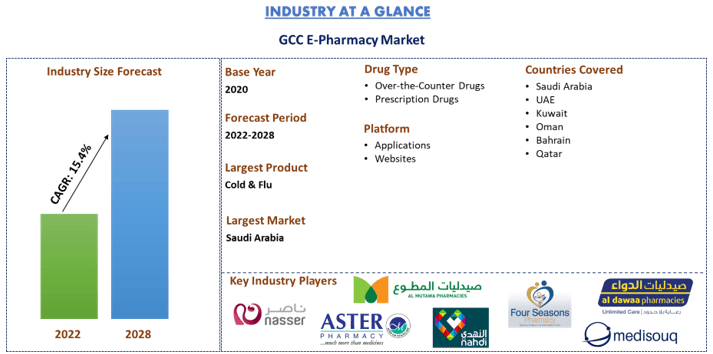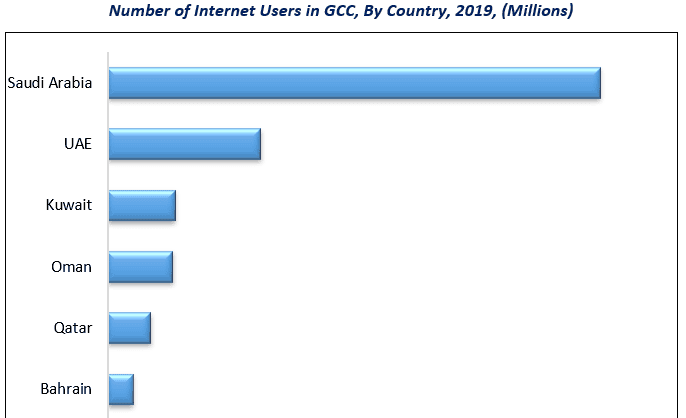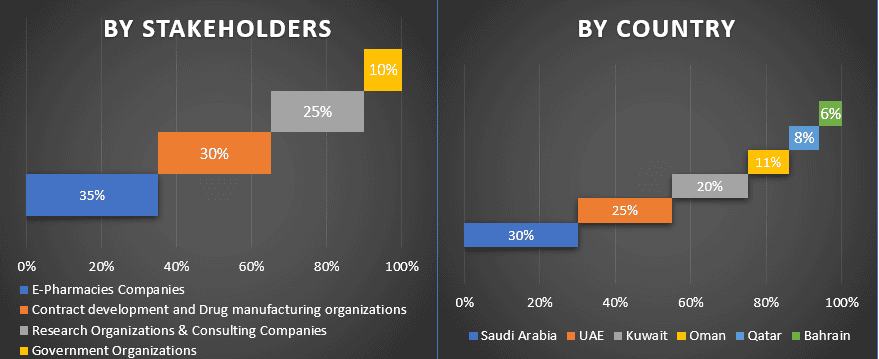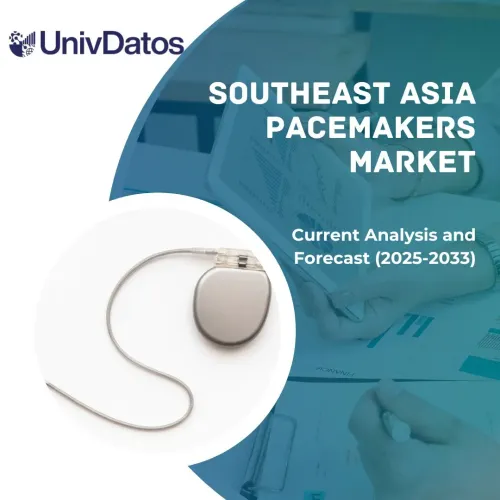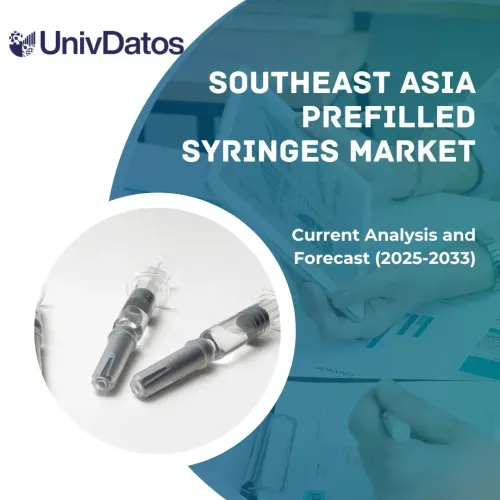- Home
- About Us
- Industry
- Services
- Reading
- Contact Us
GCC E-Pharmacy Market: Current Analysis and Forecast (2021-2028)
Emphasis on Product (Skincare, Cold & Flu, Dental, Weight Loss, Vitamins, Others); Drug Type (Over-the-Counter Drugs, Prescription Drugs); Platform (Applications, Websites) and Region & Country.
GCC E-Pharmacy Market was valued at US$ 2,073.3 million in 2020 and is anticipated to reach US$ 5,347.56 million by 2028 displaying an elevated CAGR of 15.4% over the forecast period (2021-2028). E-Pharmacy is an online platform for buying medicines via mobile technology means which are delivered at the customer’s location. Online pharmacy improves consumer’s convenience and access among the people who cannot go out for purchasing medicines. Apart from this, E-Pharmacy also offers competitive pricing which thereby enables less affluent people to afford medicines.
Gulf Cooperation Countries e-pharmacy market is anticipated to grow on account of the increasing number of incidences of chronic diseases and growing geriatric population in the region. For instance, according to the United Nations, in 2019, 113 thousand people were aged 65 years or over and it is projected that by 2030. 548 thousand people will be of 65 years or older in the United Arab Emirates. Furthermore, the increasing internet penetration across the region is another factor responsible for the growth of e-pharmacy in Gulf Countries. For instance, as of April 2019, the internet penetration rate in the Middle East was 67.2% among the local population. However, at the same time, the internet penetration in the rest of the world was 56.8%.
Another factor contributing to the growth of the e-pharmacy market is the rising GDP per capita impacting the digital transformation in the pharmaceutical sector across the gulf cooperation countries. For instance, As per the World Bank Data, the GDP per capita of UAE increased exponentially from US$ 38,663.4 in 2015 to US$ 43,103.3 in 2019. In addition to this, Saudi Arabia’s GDP per capita also rose from US$ 20,627.9 in 2015 to US$ 23,139.8 in 2019. The rise in GDP per capita signifies the increased standard of living due to the rise in disposable incomes. Therefore, people are taking the help of online pharmacy stores for convenience buying, time-saving and on-time delivery of their medicines. Also, a rise in awareness about the benefits offered by e-pharmacy coupled with the COVID-19 restrictions is gaining traction among consumers with high per capita income in GCC.
With the increasing adoption of Information Technology in the healthcare industry and lockdown restrictions in the region, many pharmacies are going online and are connecting patients and pharmacies to schedule or order their medications through the webpage or application of that pharmacy. For example, Al Daawa Pharmacy, a giant retail pharmacy located in Saudi Arabia initiated its digital operations in January 2021. The pharmacy incorporates a digital presence having functional frontiers on the web and mobile. Furthermore, in the UAE, many leading pharmacy bundle teleconsultation and medicine delivery services which is further boosting the growth of the e-pharmacy market in GCC. For instance, Aster Pharmacy was the first pharmacy to go online, offering 24/7 availability and free home delivery. In addition to this, it has also integrated its teleconsultation offerings with Aster Clinic.
However, some of the restraints in the market include drug abuse and a rise in counterfeit drug production. In addition to this, the concerns related to security and privacy concerns for confidential healthcare data are impeding the growth of this market.
Al-Mutawa Pharmacy, Four Seasons Pharmacy, Medisouq, Kulud Pharmacy, and BinSina are some of the prominent players operating in the GCC e-pharmacy market. Several M&As along with partnerships have been undertaken by these players to facilitate customers with innovative products.
Insights Presented in the Report
“Amongst Products, Cold & Flu products hold the major share”
Based on product type, the market is fragmented into skincare, cold & flu, dental, weight loss, vitamins & others. The cold & flu products segment generated major revenue of USD 644.6 million in 2020. The market is expected to grow at a CAGR of 15.68% during the forecast period to reach a market valuation of USD 1,583.9 million by 2028. The growth of the cold & flu product segment is attributed to the increase in incidences of allergies in the region is due to the rise in pollution and changing environmental landscape. For instance, GCC’s carbon dioxide emission is 4 times higher than the world average and 8 times more than the other Arab countries. However, the skincare product segment is also anticipated to grow at the highest CAGR of 16.87% during the projected timeframe.
“Amongst Drug, Over-the-Counter (OTC) segment is anticipated to grow at the highest CAGR of 15.39% during the analyzed period”
Based on drug type, the market is fragmented into over-the-counter drugs and prescription drugs. The over-the-counter drugs segment generated major revenue of USD 1,529.4 million in 2020 and is expected to reach a market valuation of USD 3,836.4 million by 2028F. The OTC segment is expected to witness major growth during the forecast period (2022-2028) on account of increasing consultation costs due to the expanding privatization of hospitals/clinics in GCC. For instance, the number of private hospitals in the Kingdom of Saudi Arabia rose from 145 to 164 from 2015 to 2019, respectively.
“Amongst Platform, Applications segment holds the major share”
Based on platforms, the market is fragmented into applications and websites. The applications segment dominated the market and generated major revenue of USD 1,069.1 million in 2020. The market is expected to grow at a CAGR of 16.95% during the forecast period to reach a market valuation of USD 2,867.6 million by 2028F owing to the increase in smartphone users in various gulf countries. For instance, as per the survey conducted in 2020, nearly 92% of people use any kind of smartphone and 36% of people use tablets in the UAE. In addition to this, In 2020, UAE was at the 12th position in Mobile E-commerce adoption.
“Saudi Arabia signifies one of the largest markets of GCC e-pharmacy market”
For a better understanding of the market adoption of the e-pharmacy market, the market is analyzed based on its presence in the countries such as Saudi Arabia, United Arab Emirates, Qatar, Oman, Bahrain, and Kuwait. Saudi Arabia is one of the major countries which constitutes a major e-pharmacy market in GCC over the past few years and generated revenue of USD 1,179.9 million in 2020. Furthermore, the market would reach USD 2,848.3 million by 2028 growing with a CAGR of 14.5% during 2022-2028 owing to the burgeoning elder population and presence of offline pharmacy at a distant location. Also, the increased focus on digital healthcare innovations and various e-healthcare initiatives by governments across the country is further propelling the growth of e-pharmacy in the region. For instance, Vision 2030, a recently launched mission by Saudi Arabia’s government is an incredible motive to advance online pharmacy as it will authorize health insurance, privatize/corporatize healthcare in Saudi Arabia, and welcomes foreign investors in all parts of the industry including pharma. However, UAE is also expected to grow at the highest CAGR of 17.11% during the forecast period.
Reasons to buy this report:
- The study includes market sizing and forecasting analysis validated by authenticated key industry experts
- The report presents a quick review of overall industry performance at one glance
- The report covers an in-depth analysis of prominent industry peers with a primary focus on key business financials, product portfolio, expansion strategies, and recent developments
- Detailed examination of drivers, restraints, key trends, and opportunities prevailing in the industry
- The study comprehensively covers the market across different segments
- Deep dive regional level analysis of the industry
Customization Options:
GCC E-Pharmacy market can further be customized as per the requirement or any other market segment. Besides this, UMI understands that you may have your own business needs, hence feel free to connect with us to get a report that completely suits your requirements.
Table of Content
Analyzing the historical market, estimation of the current market, and forecasting the future market of the GCC e-pharmacy market were the three major steps undertaken to create and analyze the demand of e-pharmacy for different products across GCC. Exhaustive secondary research was conducted to collect the historical market numbers and estimate the current market size. Secondly, to validate these insights, numerous findings and assumptions were taken into consideration. Moreover, exhaustive primary interviews were also conducted, with industry experts across the value chain of the e-pharmacy sector. Post assumption and validation of market numbers through primary interviews, we employed a top-down/bottom-up approach to forecast the complete market size. Thereafter, market breakdown and data triangulation methods were adopted to estimate and analyze the market size of segments and sub-segments the industry pertains to. Detailed methodology is explained below:
Analysis of Historical Market Size
Step 1: In-Depth Study of Secondary Sources:
Detailed secondary study was conducted to obtain the historical market size of the GCC e-pharmacy market through company internal sources such as annual report & financial statements, performance presentations, press releases, etc., and external sources including journals, news & articles, government publications, competitor publications, sector reports, third-party database, and other credible publications.
Step 2: Market Segmentation:
After obtaining the historical market size of the GCC e-pharmacy market, we conducted a detailed secondary analysis to gather historical market insights and share for different segments for GCC. Major segments included in the report are product type, drug type, and platform. Further country-level analyses were conducted to evaluate the overall demand for e-pharmacy in every country.
Step 3: Factor Analysis:
After acquiring the historical market size of different segments and sub-segments, we conducted a detailed factor analysis to estimate the current market size of GCC e-pharmacy. Further, we conducted factor analysis using dependent and independent variables such as increasing smartphone users and penetration of high-internet services, surging disposable income, government initiative, and growing geriatric population. A thorough analysis was conducted for demand and supply-side scenarios considering top partnerships, merger and acquisition, business expansion, and product launches in the e-pharmacy industry across the GCC.
Current Market Size Estimate & Forecast
Current Market Sizing: Based on actionable insights from the above 3 steps, we arrived at the current market size, key players in the GCC e-pharmacy market, and market shares of the segments. All the required percentage shares split, and market breakdowns were determined using the above-mentioned secondary approach and were verified through primary interviews.
Estimation & Forecasting: For market estimation and forecast, weights were assigned to different factors including drivers & trends, restraints, and opportunities available for the stakeholders. After analyzing these factors, relevant forecasting techniques i.e. top-down/bottom-up approach was applied to arrive at the market forecast of about 2028 for different segments and subsegments across the GCC. The research methodology adopted to estimate the market size encompasses:
- The industry’s market size, in terms of value (USD) and the adoption rate of e-pharmacy across the major markets domestically
- All percentage shares, splits, and breakdowns of market segments and sub-segments
- Key players in the GCC e-pharmacy market in terms of services offered. Also, the growth strategies adopted by these players to compete in the fast-growing market
Market Size and Share Validation
Primary Research: In-depth interviews were conducted with the Key Opinion Leaders (KOLs) including Top Level Executives (CXO/VPs, Sales Head, Marketing Head, Operational Head, and Regional Head, Country Head, etc.) across major regions. Primary research findings were then summarized, and statistical analysis was performed to prove the stated hypothesis. Inputs from primary research were consolidated with secondary findings, hence turning information into actionable insights.
Split of Primary Participants in Different Countries
Market Engineering
Data triangulation technique was employed to complete the overall market estimation and to arrive at precise statistical numbers of each segment and sub-segment of the GCC e-pharmacy market. Data was split into several segments & sub-segments post studying various parameters and trends in the areas of products, drugs, and platform of the GCC e-pharmacy market.
Main Objective of the GCC E-Pharmacy Market Study
The current & future market trends of GCC E-Pharmacy were pinpointed in the study. Investors can gain strategic insights to base their discretion for investments from the qualitative and quantitative analysis performed in the study. Current and future market trends were determined the overall attractiveness of the market at a regional level, providing a platform for the industrial participant to exploit the untapped market to benefit as a first-mover advantage. Other quantitative goals of the studies include:
- Analyze the current and forecast market size of GCC e-pharmacy in terms of value (USD). Also, analyze the current and forecast market size of different segments and sub-segments
- Segments in the study include areas of products, drugs, and platform
- Define and analysis of the regulatory framework for the e-pharmacy industry
- Analyze the value chain involved with the presence of various intermediaries, along with analyzing customer and competitor behaviors of the industry
- Analyze the current and forecast market size of the e-pharmacy market for the GCC
- Major countries studied in the report include Saudi Arabia, UAE, Kuwait, Oman, Qatar, and Bahrain
- Company profiles of the e-pharmacy market and the growth strategies adopted by the market players to sustain in the fast-growing market
- Deep dive regional level analysis of the industry
Related Reports
Customers who bought this item also bought

